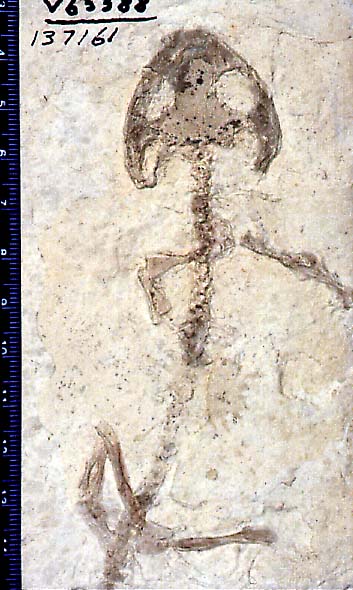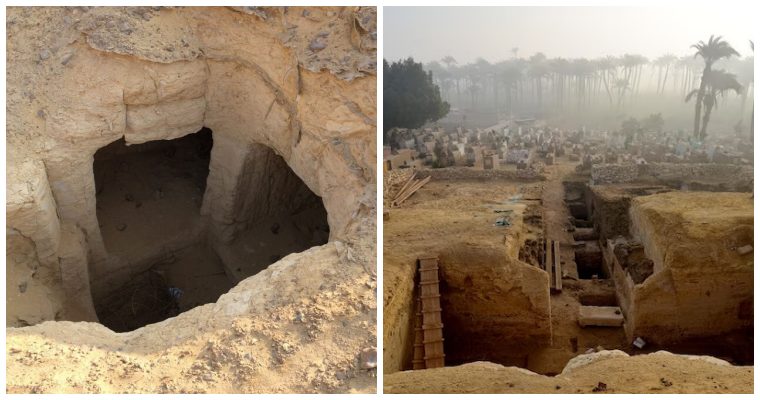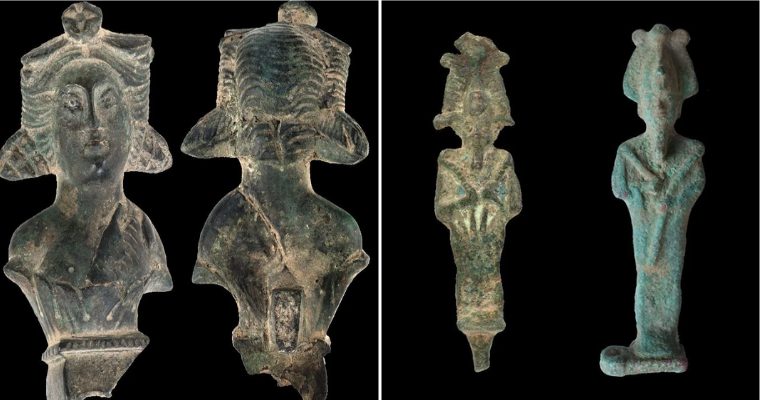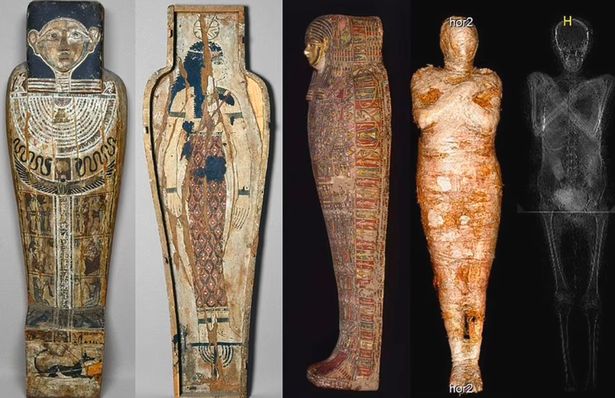Suction is an especially effective way of feeding underwater, and adaptations to enhance it have evolved numerous times in jawed vertebrates. The only major living jawed vertebrate group including no specialist suction feeders is chimaeras, a handful of anatomically conservative fish species that feed on hard-shelled prey. Contrastingly, in the Carboniferous period, 359 and 299 million years ago, diverse chimaeras formed a prominent part of aquatic ecosystems. In new research, paleontologists from the University of Birmingham and Sorbonne Université used well-preserved fossils of one of these Carboniferous chimaeras, Iniopera, to reconstruct its skull muscles. Their results show that Iniopera had the forward-facing mouth and expandable pharynx characteristic of high-performance suction feeders. This suggests that in the Carboniferous, some chimaeras were suction feeders in the water column, an ecological niche since monopolized by neopterygian fishes.

Extant Chimaera monstrosa. Image credit: MAREANO / Havforskingsinstituttet / CC BY-SA 4.0.
Iniopera was a type of an iniopterygian, a group of chimaera-like cartilaginous fishes known from marine faunas of the Carboniferous period.

Among these creatures, Iniopera is the only taxon known from 3D-preserved remains, which include the skull, jaws, shoulder girdle, pharyngeal skeleton, and brain.
“Being able to identify Iniopera as a suction feeder sheds light on the diverse role of chimaeras in these early ecosystems,” said lead author Dr. Richard Dearden, a researcher at the University of Birmingham.
“In particular, it suggests that in their early evolutionary history, some chimaeras were inhabiting ecological niches that are now monopolized by ray finned fishes — a far cry from their modern life as specialized shell-crushers.”

“Because chimaeras’ skeletons are composed mostly from cartilage, their fossil remains are often flat and therefore difficult to extract information from.”
“From studying the diverse body and tooth shapes, however, researchers already knew that there were far more, more varied species of chimaera living in the Carboniferous than there are today.”
Using 3D imaging techniques, Dr. Dearden and colleagues reconstructed the head, shoulder and throat skeleton of Iniopera.

They then estimated the location of major muscles and found the anatomy was poorly suited to crushing hard shelled prey.
Instead, they believe Iniopera was more likely to have used the muscle arrangement to expand the throat to take in water and a forward-pointing mouth to orient towards prey.
“Suction feeding is a technique used by many animals that live underwater,” the researchers said.
“It involves generating low pressures in the throat to pull in water and prey.”
“To do this effectively, the animal needs to be able to rapidly expand its throat, and point its mouth forward towards prey items.”
“Numerous different aquatic jawed vertebrates, such as ray-finned fishes and some turtles have evolved specialized anatomies to help them suction feed more effectively.”
“Our suction feeding theory also fits with other evidence including arthropods preserved inside the stomach of other specimens.”
Source: sci.news








